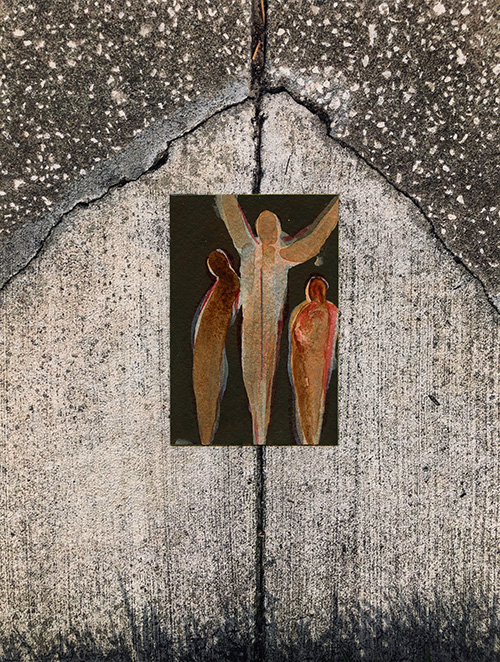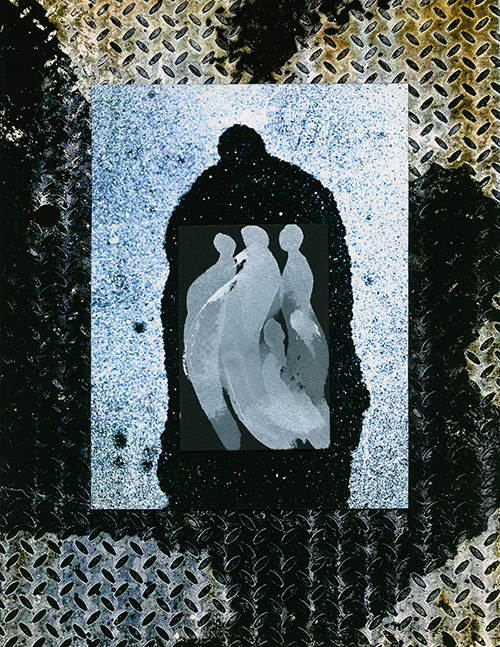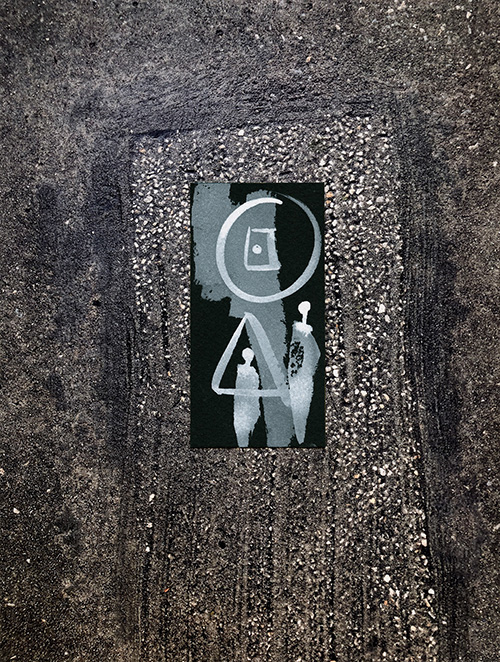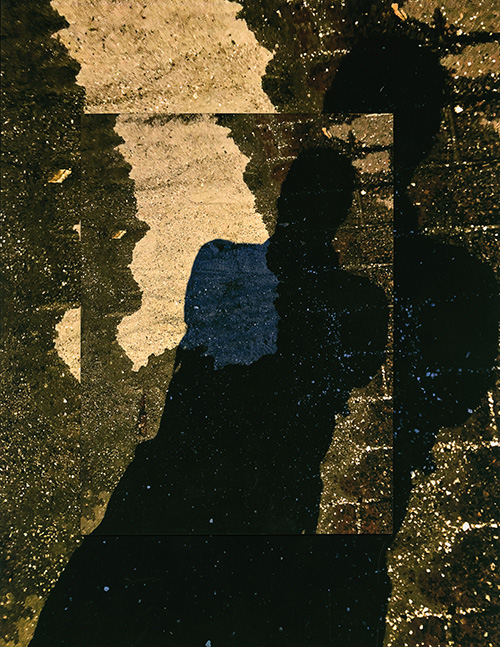Exhibits › American Zen › Wabi Sabi Pavement
The beauty of weathered, worn, and cracked surfaces
Like many people who liked to work out in well-appointed and air-conditioned gyms, I was forced by the coronavirus pandemic to start walking outside for my daily exercise.
It is a safe, cheap, and readily available way to get fresh air into the lungs and the blood circulating, and avoid dangerous virus-laden interior public spaces.
I live on the edge of the leafy, lovely, and historic Old Northeast section of St. Petersburg, Florida. It has one of the largest number of charming, early 20th century craftsmen-style houses in the country. But for some reason it also has some of the most visually intriguing but poorly maintained sidewalks on the planet.
This state of disrepair necessitated that I constantly look down at the pavement to make sure that I don’t trip and break a hip or sprain an ankle. As someone long-in-the-tooth and gray-in-the-hair, those are dire prospects.
But as a lifelong artist and student of Asian art, I immediately realized that I had stumbled onto a cornucopia of “Wabi Sabi.” This is the Japanese aesthetic that finds beauty in the imperfect, impermanent, incomplete, rusted, ragged, torn, decaying, chipped, fractured, and irregular.
Wabi Sabi celebrates the changing and transitory nature of all things and beings in this world. And the inevitable movement from new to old, bright to dull, and complex to elemental.
That is an apt description of the world in the grip of a seemingly unstoppable Covid-19.
These images were taken with my old iPhone. Initially, I also had a few of the jpgs manipulated in Photoshop and printed out onto cotton rag paper. I then drew on them with metallic markers to create abstract designs—all very Wabi Sabi.
I hope the images tempt you to reflect on the unexpected and imperfect beauty that is all around us—even beneath our feet. Ultimately, we are embedded in natural world that we can little control or much understand.




Technical Notes
All photographic prints were created from iPhone jpgs retouched in Photoshop. They are created on 8.5x11 inch Epson Hot Press Bright White archival ink jet paper with pigmented inks. Some of the prints have been enhanced with archival metallic markers and collage techniques.
